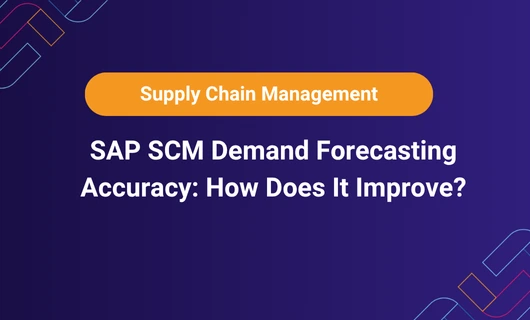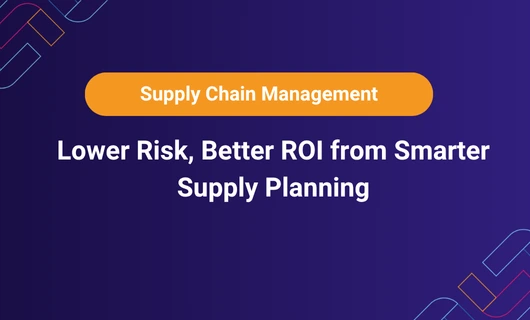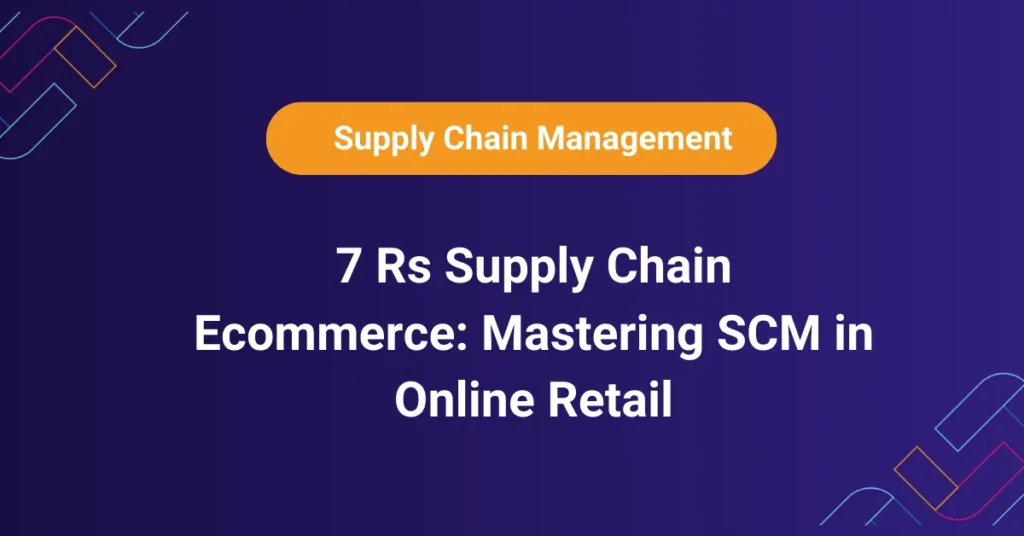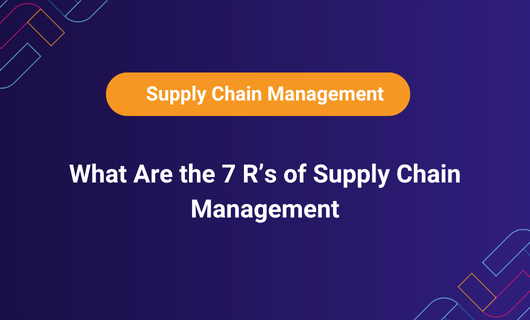
Are Your Demand Forecasts Letting You Down?
Are your supply chain systems constantly behind schedule?
Do your forecasts feel more like educated guesses than data-driven decisions?
What’s it costing your enterprise to run on outdated ERP SCM modules or disconnected planning tools? If you’re a C-level executive or supply chain leader, these questions likely hit close to home. Unreliable forecasts lead to inventory waste, stockouts, and missed revenue, while your competitors optimize every unit, hour, and dollar. But there’s a smarter, more scalable way forward. SAP SCM demand forecasting accuracy is helping top-performing enterprises reclaim control of their planning cycles and improve forecasting in real time. Let’s explore how.
Why Demand Forecasting Often Fails in Large Enterprises
The Pain: Fragmented Systems, Outdated Tools
Many enterprise supply chains operate across multiple regions, vendors, and systems, each using their own logic. Forecasting is siloed. Planners rely on spreadsheets or legacy tools that can’t integrate real-time data from operations, sales, or logistics. This disconnect creates:
- Inaccurate forecasts
- Reactive procurement
- Increased carrying costs
- Customer dissatisfaction
What Happens When You Don’t Fix It?
Over time, poor forecasting accuracy causes vendor performance to drop and demand variability to spiral. Your team can’t trust the data, and your reputation suffers. Enterprises lose an average of $1.1M annually due to forecasting errors and inventory imbalances. SAP SCM demand forecasting accuracy is helpful.
Real-Time Forecasting with SAP SCM
SAP SCM bridges operational silos with end-to-end visibility and predictive analytics. You get a unified view of demand signals across the value chain, so you can act, not react.
Key Features That Drive Forecasting Accuracy:
- Machine learning-based demand sensing
- Scenario planning & what-if simulations
- Dynamic safety stock optimization
- Integration with SAP S/4HANA and external data sources
SAP SCM Turns Forecasting Into a Competitive Advantage
Unified Planning Environment = Consistent Forecasts
With SAP SCM, demand forecasting is centralized within your enterprise supply chain architecture. This ensures every region, product, and business unit works off the same real-time plan. Top-performing companies using SAP SCM see up to 35% improvement in forecast accuracy within 6 months. SAP’s Advanced Planning & Optimization (APO) module, and more recently, SAP Integrated Business Planning (IBP), deliver synchronized planning across:
- Sales & Operations (S&OP)
- Supply Network Planning (SNP)
- Demand Forecasting
- Inventory Optimization
AI-Powered Forecasting Tools That Learn and Adapt
SAP SCM’s AI and predictive algorithms analyze historical trends, seasonal patterns, and market shifts to refine forecast models dynamically. Key forecasting tools include:
- Statistical Forecasting Engine: Learns from past data to predict future demand
- Demand Sensing Module: Shortens the planning cycle by adjusting forecasts based on recent demand signals
- Supply Chain Control Tower: Offers real-time alerts and KPI dashboards for visibility
This means fewer manual overrides and more confident, data-backed decisions.

Lower Risk, Better ROI from Smarter Supply Planning
Inaccurate forecasts lead to costly overstocking or understocking. SAP SCM reduces this by providing tools for real-time supply planning and optimization. Benefits include:
- Reduced holding costs
- Increased OTIF (On-Time-In-Full) rates
- Faster response to market fluctuations
One of our enterprise clients reduced inventory waste by 38% in just 90 days using SAP SCM integrated with our planning and forecasting services.
Compliance, Auditability, and Executive Alignment
With increasing pressure around ESG, regulatory compliance, and financial accountability, forecast transparency is no longer optional. SAP SCM offers:
- Audit trails for every forecast change
- Compliance reporting capabilities
- Executive dashboards aligned to key financial KPIs
SAP ensures that supply chain software isn’t just operational, it’s strategic.
Why Enterprises Trust SAP SCM for Demand Planning?
It’s not just about technology, it’s about results. Enterprises adopt SAP SCM because it:
- Integrates seamlessly with existing SAP ecosystems
- Scales across global supply chains
- Supports multi-tiered vendor collaboration
- Offers advanced forecasting tools with minimal downtime
- Enables faster, more confident decision-making
By reducing demand variability and improving visibility, enterprises can achieve higher profitability, customer satisfaction, and market responsiveness. To fully leverage these advantages, many companies also partner with supply chain consulting firms that specialize in optimizing SAP SCM implementations and aligning them with business goals.
FAQs
- How does SAP SCM improve demand forecasting?
SAP SCM uses predictive analytics, machine learning, and real-time data to generate highly accurate, dynamic demand forecasts.
- What is forecasting accuracy in the supply chain?
It’s a measure of how closely your forecasted demand matches actual sales or consumption. Higher accuracy leads to better inventory optimization and cost savings.
- Why do enterprises use SAP SCM for planning?
For end-to-end integration, real-time insights, and scalability. It helps reduce silos, increase forecast reliability, and align operations with financial goals.
- What tools improve supply chain demand planning?
SAP IBP, APO, Demand Sensing, Control Tower, and other forecasting tools within SAP SCM are market-leading solutions.
Understanding what does a supply chain manager do can help organizations better allocate resources and responsibilities to maximize the benefits of SAP SCM.
Ready to Optimize Forecasting with SAP SCM?
SAP SCM is more than just software. It’s a strategic enabler for demand-driven enterprises. If your team is ready to:
- Improve forecasting accuracy
- Streamline planning cycles
- Eliminate supply chain guesswork
Talk to an enterprise SCM consultant today
Many businesses also collaborate with ecommerce consulting firms to integrate demand forecasting tools with their online sales platforms, improving inventory accuracy and customer satisfaction. Book a strategy call to optimize your SAP stack.





